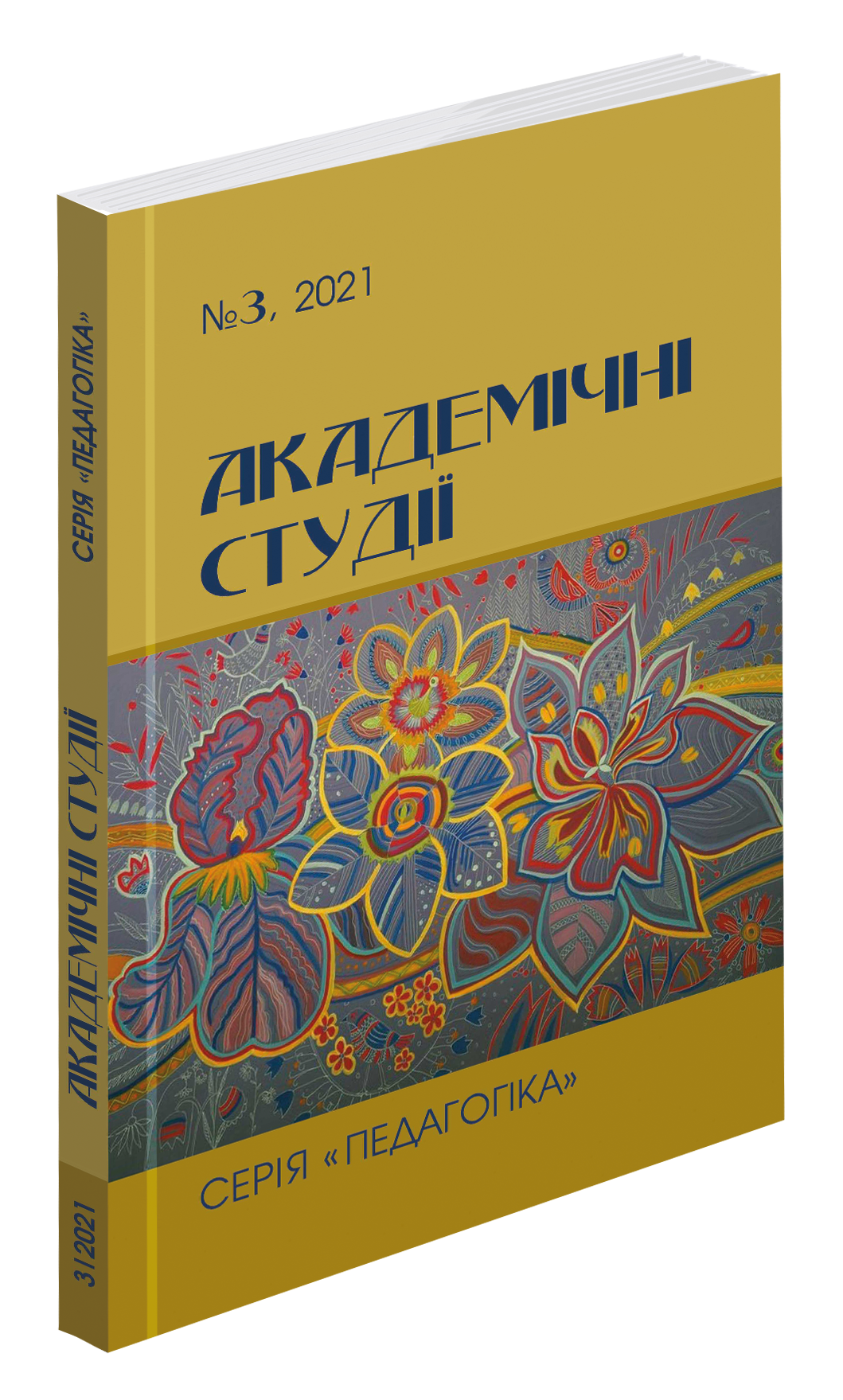Abstract
Effective and productive interaction is the necessity of our modern society. It is very significant that a person knows how the interaction process occurs and does not have any fears to be involved in it. Professional success depends greatly on personal communication skills, which are a basis of human interaction. The article is focused on interaction models of the educational process. Language teaching /learning is impossible without interactional practices. Language teaching aims to develop students’ speaking skills as the main factor of communicative competence. It is possible to do just through teacher - student and student – student interaction. Existing teaching – learning activities which are used to enhance the process of interaction and the role of a teacher in it are being discussed in the article. The authors studied scientific works devoted to the problem of interaction in the ESL classrooms and analyzed research findings about the ways to do the process of interaction more effective and productive. Based on the literature review it was also defined that the teacher plays the role of a motivator of the process of interaction. In addition, it was confirmed that the success of interaction fully depends of its organization. Due to the Covid-19 pandemic, during a long period teachers and students communicated online. As a result, it required the use of different interaction patterns. The research conducted by the authors had an aim to investigate the difference between classroom and online interaction. The survey was conducted among graduate ESL students who obtain technical education. The authors consider this category of students as future professionals for whom it is obligatory to be able to interact effectively to solve the work tasks. The participants expressed their satisfaction with both forms of interaction and noticed wider opportunities for use of interactive tools during online interaction. The research confirmed the importance of encouragement form the teacher and his/her ability to give correct instructions during the teaching process.
References
Azer, S. (2009). Interactions between students and tutor in problem-based learning: The significance of deep learning. The Kaohsiung journal of medical sciences, 25(5), 240-249. https://doi.org/10.1016/S1607-551X(09)70068-3
Berge, Z. (2002). Active, Interactive and Reflective eLearning. In The Quarterly Review of Distance Education, Vol. 3, No. 3, pp 181-190.
Brown, H. (2000). Principles of Language Teaching and Learning (The 4th Edition). White Plains, New York: Longman.
Ellis, R. (1999). Learning a second language through interaction. Amsterdam: John Benjamins.
Emiliasari, A. (2016). A Descriptive Study on Teacher-Students Interaction in Speaking Class at SMP N 1 Toroh. Research Paper. Surakarta: Universitas Muhammadiyah Surakarta.
Hall, J. & Walsh, M. (2002). Teacher-student interaction and language learning. Annual Review of Applied Linguistics, 22, 186–203.
Hirumi A., (2002). A Framework for Analyzing, Designing and Sequencing Planned eLearning Interactions. In The Quarterly Review of Distance Education. Vol. 3, No. 2, pp 141-160.
Hussin, W., Harun, J. & Shukor, N. (2019). Online interaction in social learning environment towards critical thinking skill: A framework. Journal of Technology and Science Education, 9(1), 4-12. https://doi.org/10.3926/jotse.544
Jia, X. (2013). The Application of Classroom Interaction in English Lesson. http://www.atlantis-press.com/php/download_paper.php?id=7895. retrieved 10 July 2021.
Kent, C., Laslo, E., & Rafaeli, S. (2016). Interactivity in online discussions and learning outcomes. Computers Education, 97, 116-128. https://doi.org/10.1016/j.compedu.2016.03.002
Kheider, M. (2012). The Role Of Classroom Interaction In Improving The Students’ Speaking Skill. Dissertation. Biskra: University of Biskra.
Kusuma, D. (2015). Classroom Interaction in Speaking Class of English Department of Muhammadiyah University of Muhammadiyah Surakarta. Research Paper. Surakarta: University of Muhammadiyah Surakarta.
Nisa, S. (2014). Classroom Interaction Analysis in Indonesian EFL Speaking Class. Research Paper.
Sharliz, A. (2017). Classroom Interaction in English Speaking Class: A Naturalistic Study at Queen English Course Karanganyar. Research Paper. Surakarta: University of Muhammadiyah Surakarta.

